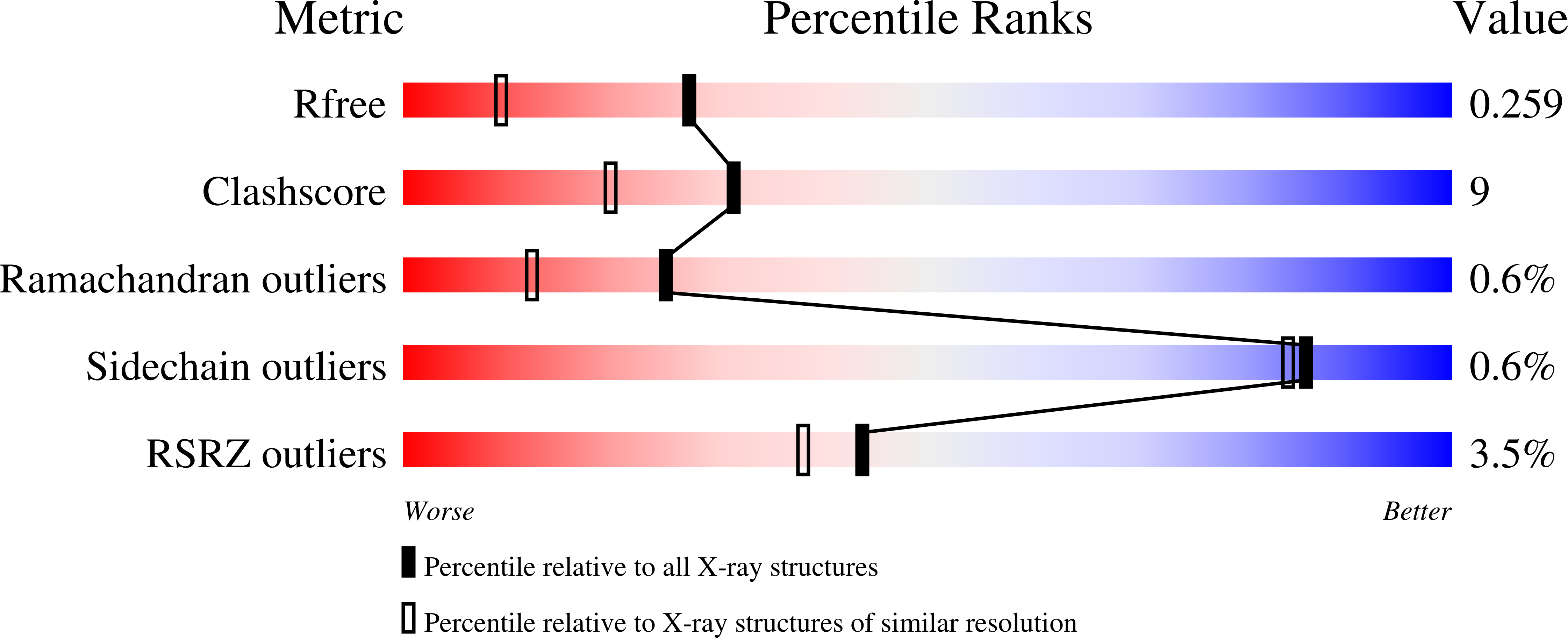
Deposition Date
2021-08-01
Release Date
2022-06-08
Last Version Date
2024-01-31
Entry Detail
PDB ID:
7PB9
Keywords:
Title:
Crystal structure of tandem WH domains of Vps25 from Odinarchaeota
Biological Source:
Source Organism:
Odinarchaeota archaeon (strain LCB_4) (Taxon ID: 1841599)
Host Organism:
Method Details:
Experimental Method:
Resolution:
1.80 Å
R-Value Free:
0.25
R-Value Work:
0.19
R-Value Observed:
0.20
Space Group:
P 21 21 2


